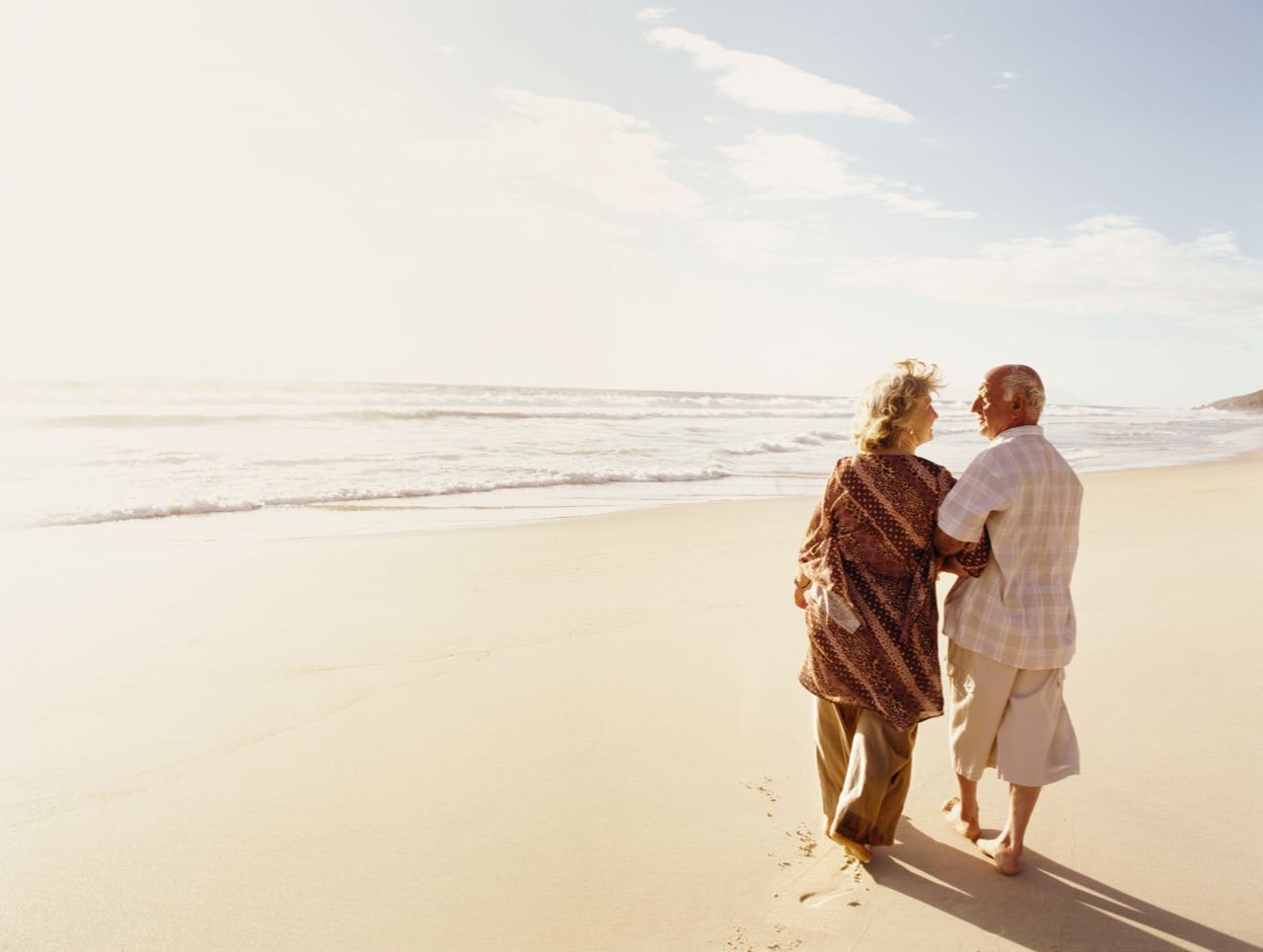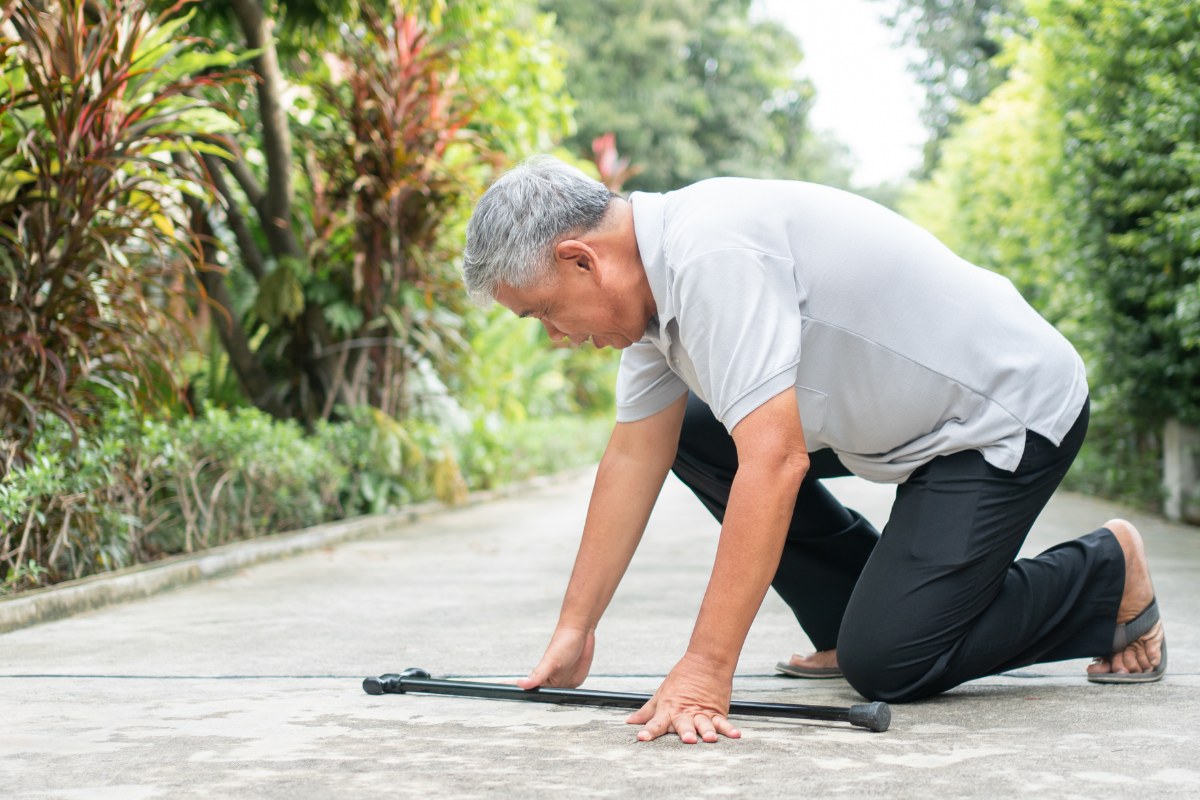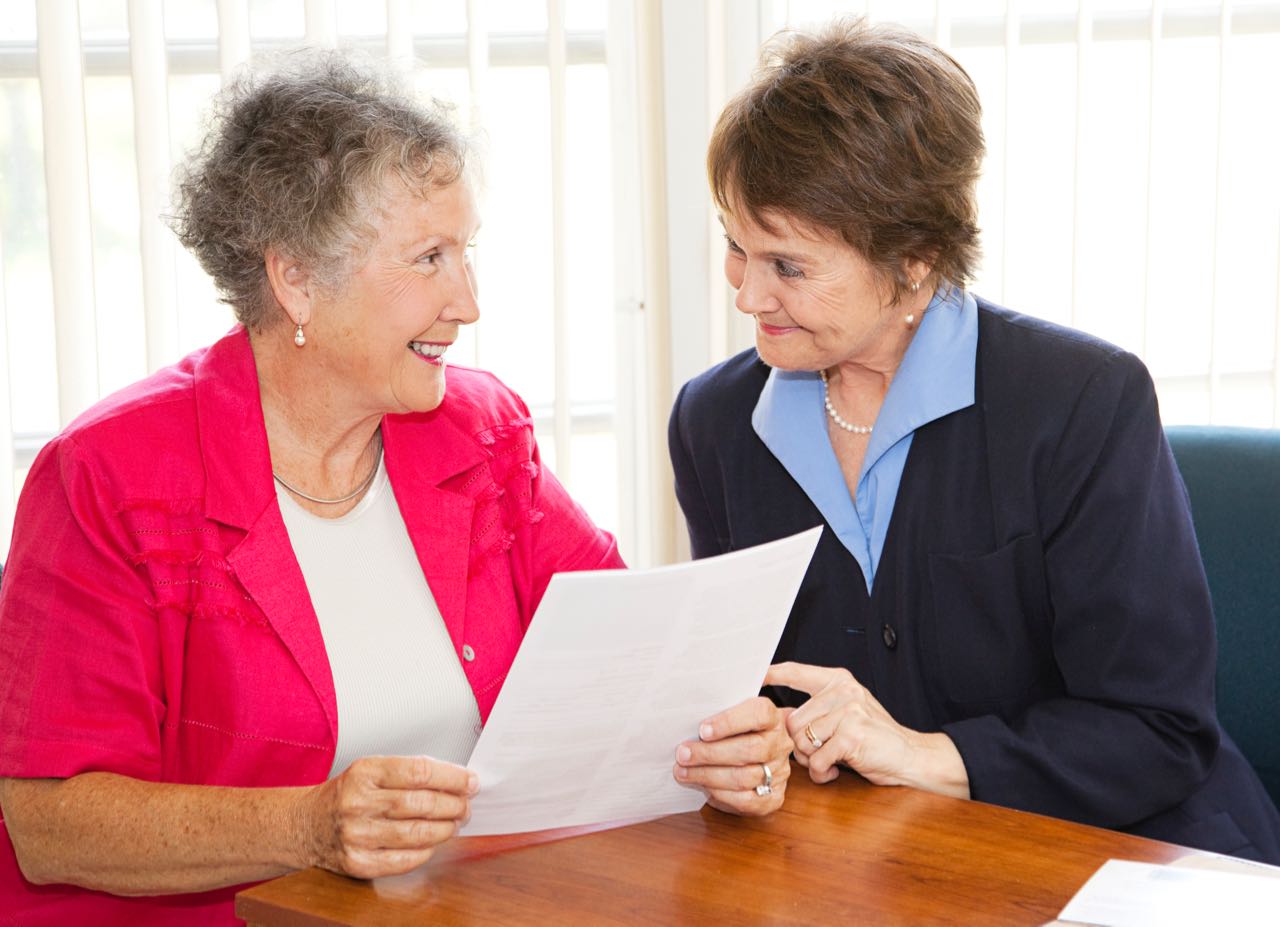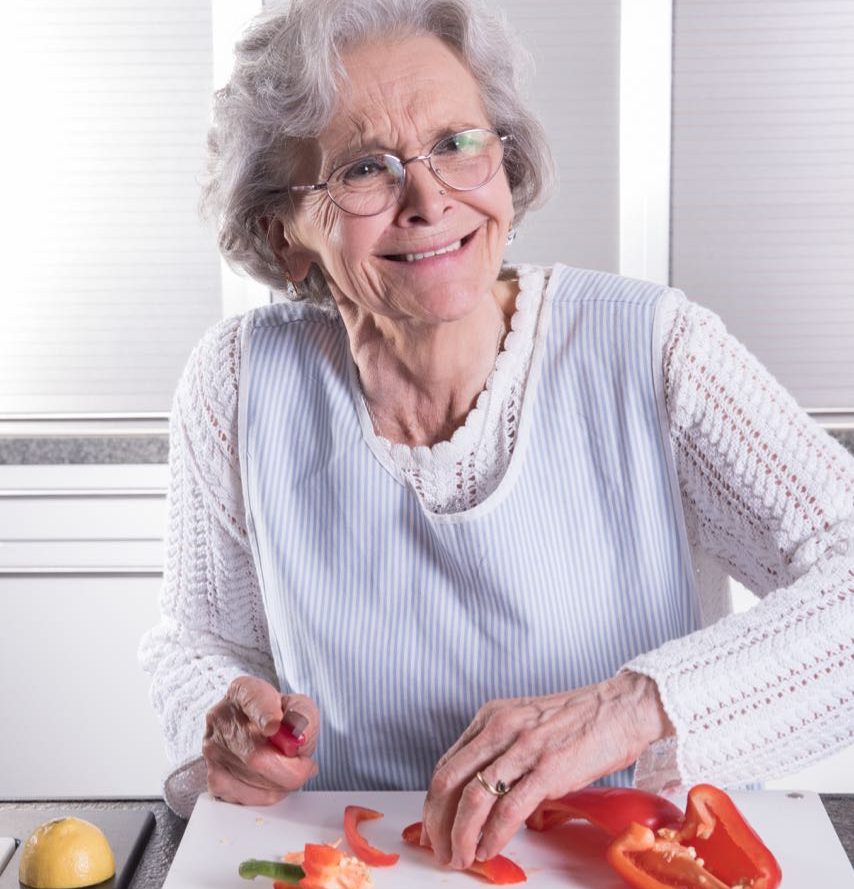In part 2 we will discuss the external factors that can contribute to falling.
If you have not already done so, please look at our first news item on internal factors.
The best place to start is to once again define what a fall is. Slips and trips are all falls, the World Health Organisation defines a fall as: An event which results in a person coming to rest inadvertently on the ground, or floor, or other lower level.
External Factors
Everyday items and events in the home can also lead to falls. Things like:
- slippery or wet floors in the kitchen, laundry, bathroom or front veranda
- extension cords across doorways, halls or walkways
- rugs or mats
- steps or stairs without rails
A home safety assessment normally conducted by an Occupational Therapist can highlight areas of concern and recommend suitable interventions.
As we age, we need more light to see clearly. When moving around inside and outside your home it is important to have adequate lighting. At night it is important to put on the lights, nothing disturbs others in your home more than falling. Sensor light can be very effective. Beware of night lights because they may not be bright enough and could cast shadows that could mask obstacles.
Pets and young children brighten our homes and lives thus providing many health benefits. As with everything in life they also have their risks. They are unpredictable and appear where we least expect them to and can also leave things lying around that we can slip or trip on. If you have pets or young children in your home, it pays to be more careful.
As we find things more difficult, often friends and family may give or loan some equipment that they once used, to help us. This is very caring and well meaning. If this equipment is not adjusted to you or not appropriate for you it can increase your risk of falling. It is best to have these aids checked by a Physiotherapist or an Occupational Therapist to ensure they are appropriate and correctly adjusted.
Like equipment our footwear needs to be appropriate and well fitting. We should avoid scuffs, thongs (flip flops), sandals and any shoe without a heal cup. Also, where possible avoid slip on’s, laces, velcro or straps are better than slip on shoes.
The Australian Podiatry Association states: As you age, you can lose cushioning and soft tissue fat in the pads of your heels and balls of your feet, near your toes. Like the skin on your face, there is also a loss of elasticity in the skin on your feet, making it thin and vulnerable. Bone deformities – such as bunions or arthritis – and difficulties undertaking basic foot care, can lead to foot health issues and sometimes an increased risk of falls – which for many can have drastic consequences.
If you are experiencing any problems with your feet and footwear, being reviewed by a podiatrist is essential.
In part 3 we will discussing falls prevention and what to do if you fall.






